
In the competitive world of sports, an athlete's worst nightmare isn't losing—it's being sidelined by injury. The journey back to peak performance is often arduous, filled with physical pain and mental challenges. Yet, in recent years, a surprising tool has emerged as a game-changer in rehabilitation protocols: the trampoline. What was once viewed primarily as a recreational apparatus is now recognized as a sophisticated rehabilitation device helping elite athletes bounce back—quite literally—from career-threatening injuries.
The Science Behind Trampoline Rehabilitation
The effectiveness of trampoline therapy isn't just anecdotal; it's backed by compelling scientific evidence. According to a 2023 study published in the Journal of Sports Rehabilitation, trampoline-based exercises demonstrated a 34% faster recovery time for athletes with lower extremity injuries than traditional rehabilitation methods. The secret lies in the unique combination of benefits that trampolining offers.
When athletes rebound on a trampoline surface, they experience what rehabilitation specialists call "controlled instability." This creates a low-impact environment that simultaneously challenges the body's proprioceptive systems—those responsible for balance, spatial awareness, and coordination. For injured athletes, this means they can begin meaningful rehabilitation work earlier in their recovery journey without risking re-injury.
Three Major Trends in Trampoline Rehabilitation
1. Progressive Load Management
One of the most significant developments in trampoline rehabilitation is the concept of progressive load management. Modern rehabilitation trampolines now come equipped with adjustable tension systems that allow therapists to precisely control the amount of resistance and impact.
Recent data from the International Sports Medicine Federation shows that 78% of sports medicine professionals now incorporate variable-resistance trampoline work in their rehabilitation programs. This graduated approach allows athletes to begin with minimal impact (sometimes as low as 20% of body weight) and systematically increase load as healing progresses.
2. Neuromuscular Re-education
The second major trend involves using trampolines specifically for neuromuscular re-education. After injury, athletes often develop compensatory movement patterns that can lead to future injuries or performance limitations.
A 2022 analysis of Olympic training facilities revealed that 65% now use specialized trampoline protocols to "reset" these dysfunctional movement patterns. The unstable surface creates a heightened state of neuromuscular awareness, allowing therapists to correct subtle movement deficiencies that might be masked on stable ground.

3. Psychological Recovery Enhancement
Perhaps the most overlooked aspect of trampoline rehabilitation is its psychological benefit. Recovery from serious injury takes a mental toll that traditional physical therapy often fails to address.
A fascinating study from the Sports Psychology Institute tracked athletes' mental health during recovery and found that those incorporating trampoline therapy reported 41% higher scores in recovery confidence and 37% lower anxiety levels about returning to competition. There's something undeniably uplifting about the sensation of rebounding that seems to translate into improved mental resilience.
Best Practices for Implementation
For sports medicine professionals looking to incorporate trampoline rehabilitation, consider these practical guidelines:
-
Begin with a thorough assessment of the athlete's current stability and pain levels
-
Start with double-leg activities before progressing to single-leg work
-
Incorporate sport-specific movement patterns as early as safely possible
-
Monitor landing mechanics meticulously—they're often more revealing than takeoff patterns
-
Use visual feedback (mirrors or video) to enhance body awareness during exercises
-
Integrate cognitive challenges (such as ball-catching) to simulate game situations
-
Document subjective experiences alongside objective measurements

Key Takeaways and Action Steps
The integration of trampoline therapy into athletic rehabilitation represents a significant advancement in sports medicine. For athletes currently navigating the recovery process, consider discussing these options with your healthcare provider:
1. Request an assessment for trampoline-based rehabilitation suitability
2. Explore facilities with sport-specific trampoline rehabilitation programs
3. Consider the psychological benefits alongside physical recovery metrics
4. Document your subjective experience with different rehabilitation modalities
5. Maintain realistic expectations—trampoline therapy is powerful but not magical
The journey from injury to comeback remains challenging, but with innovative approaches like trampoline rehabilitation, athletes now have more tools than ever to bounce back stronger. And isn't that what sports are all about? Finding new ways to overcome obstacles that once seemed insurmountable.




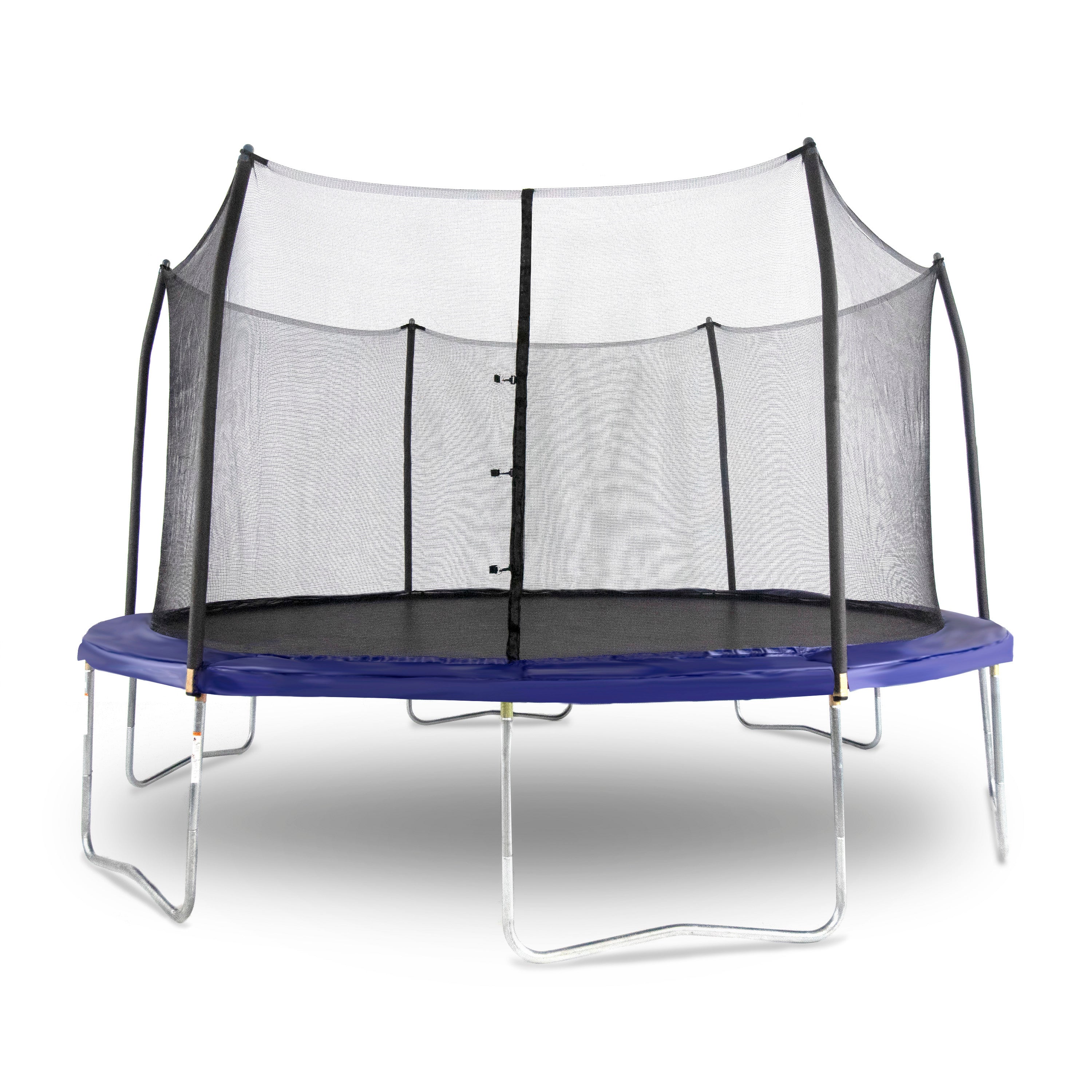
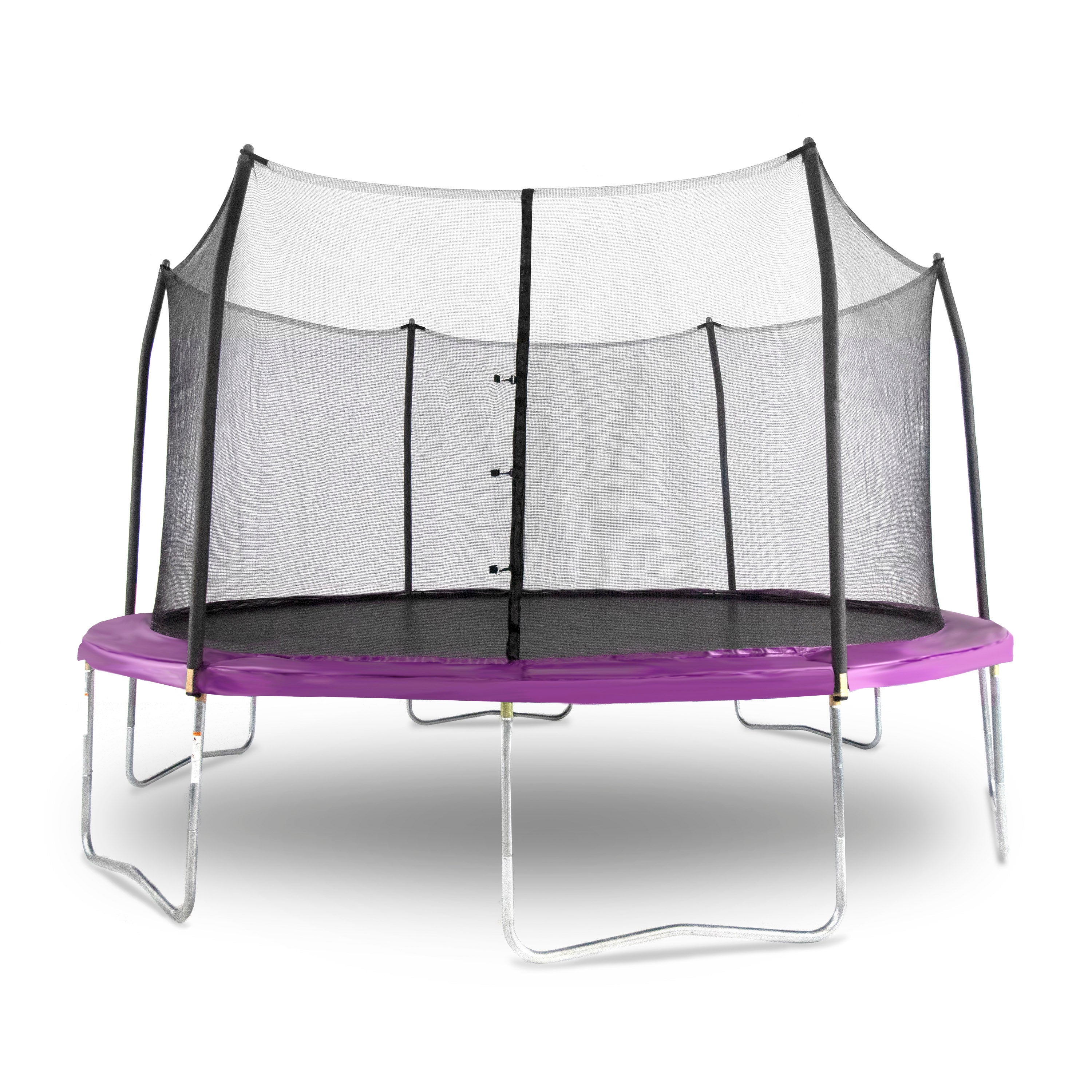




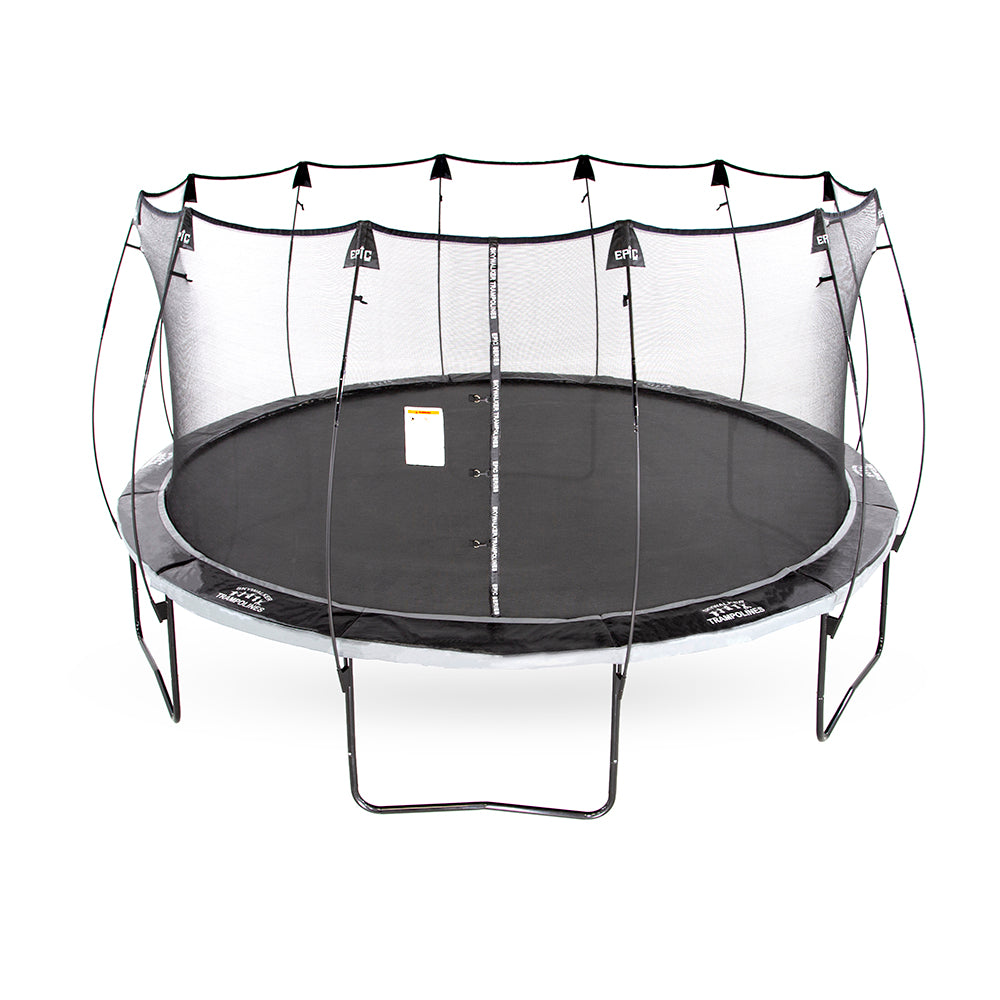
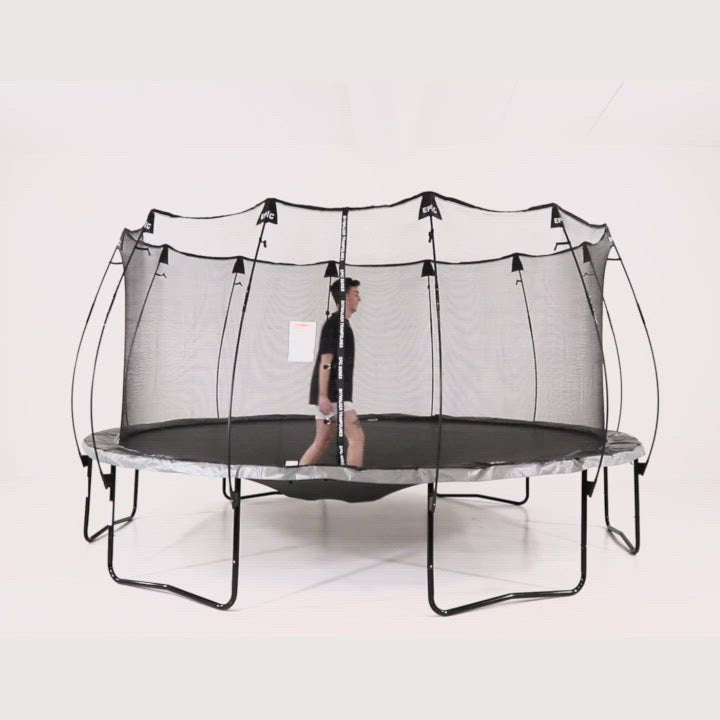
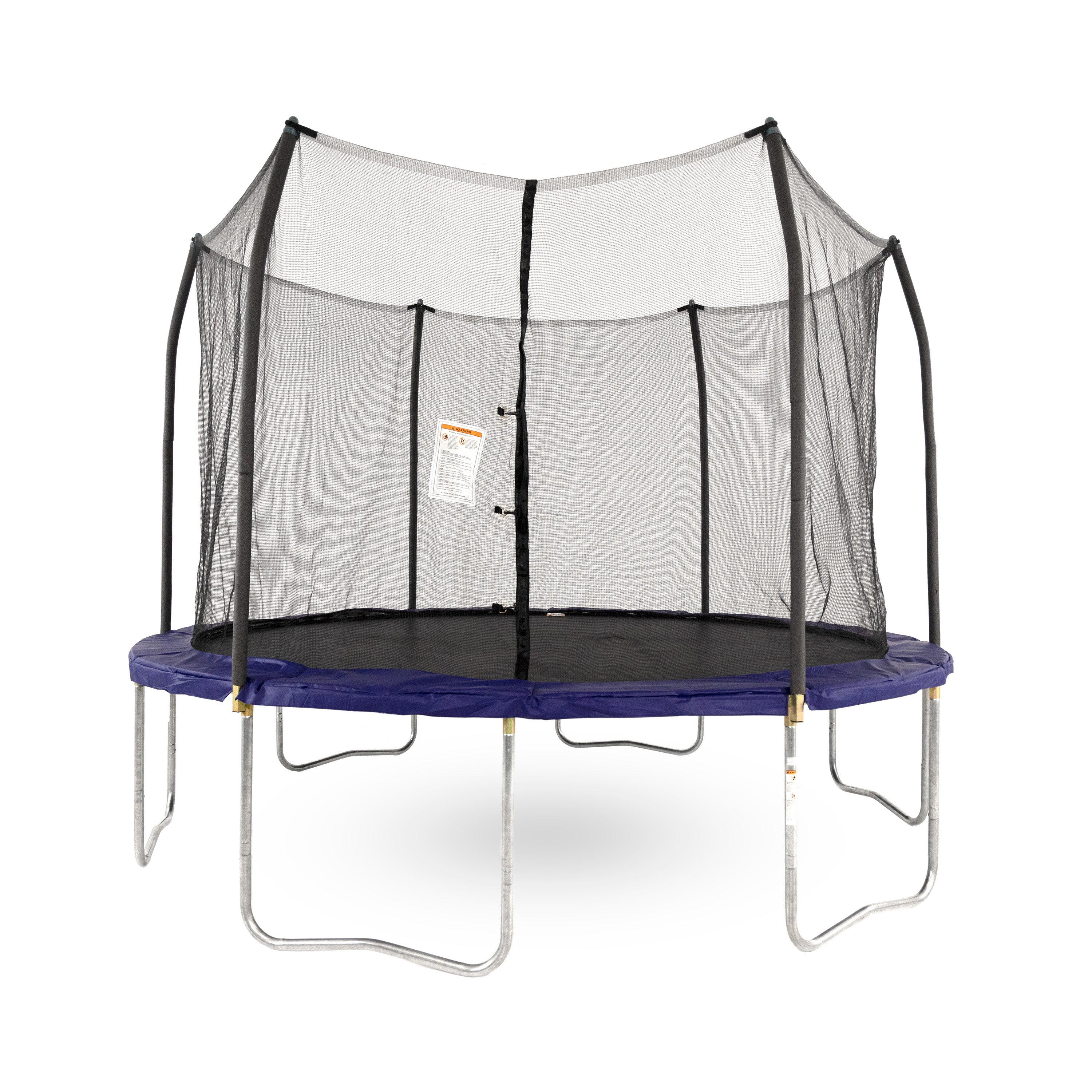
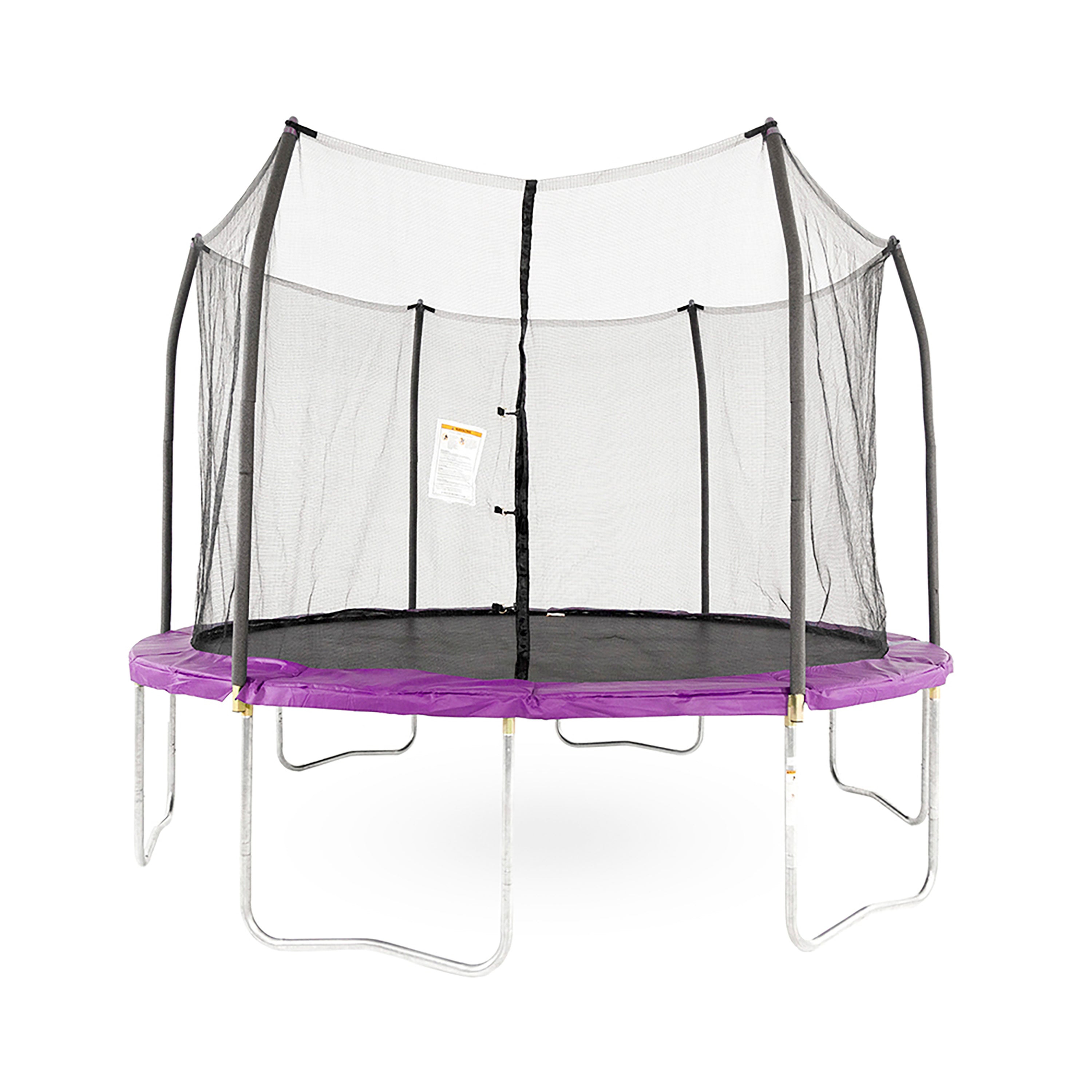
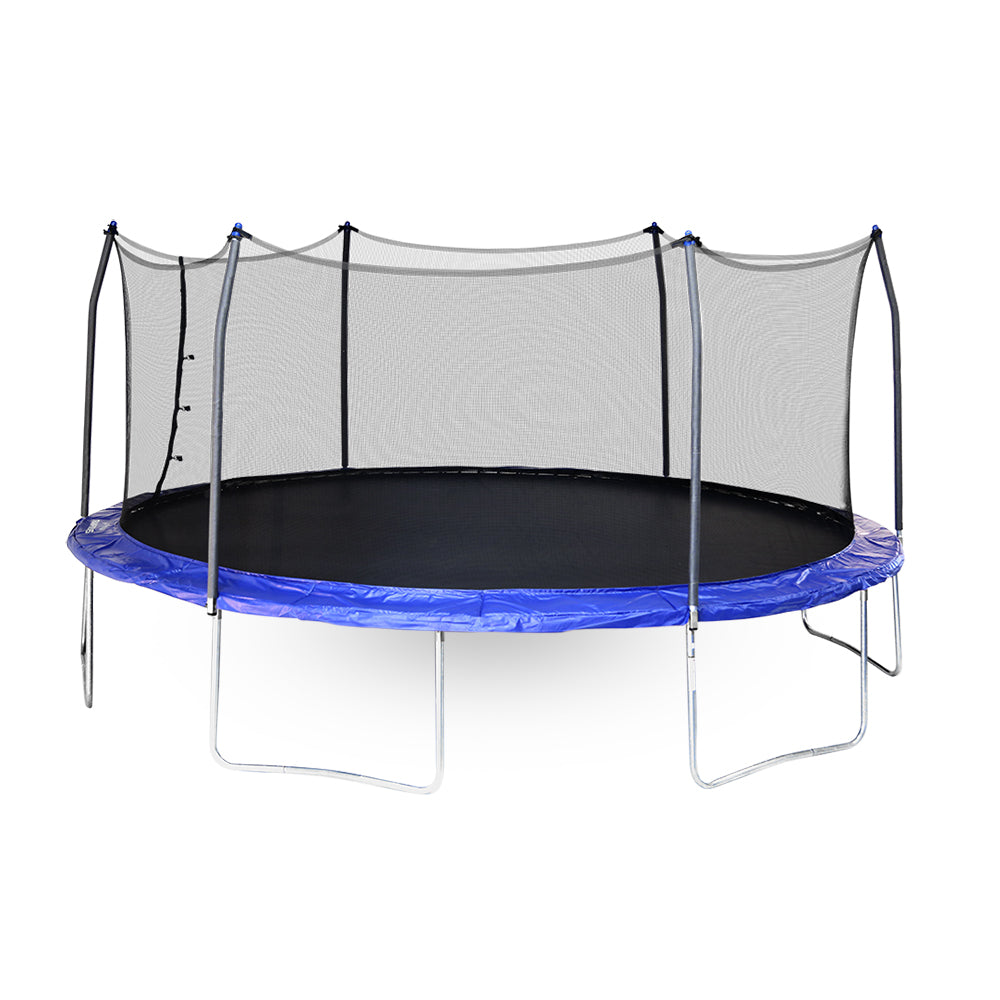
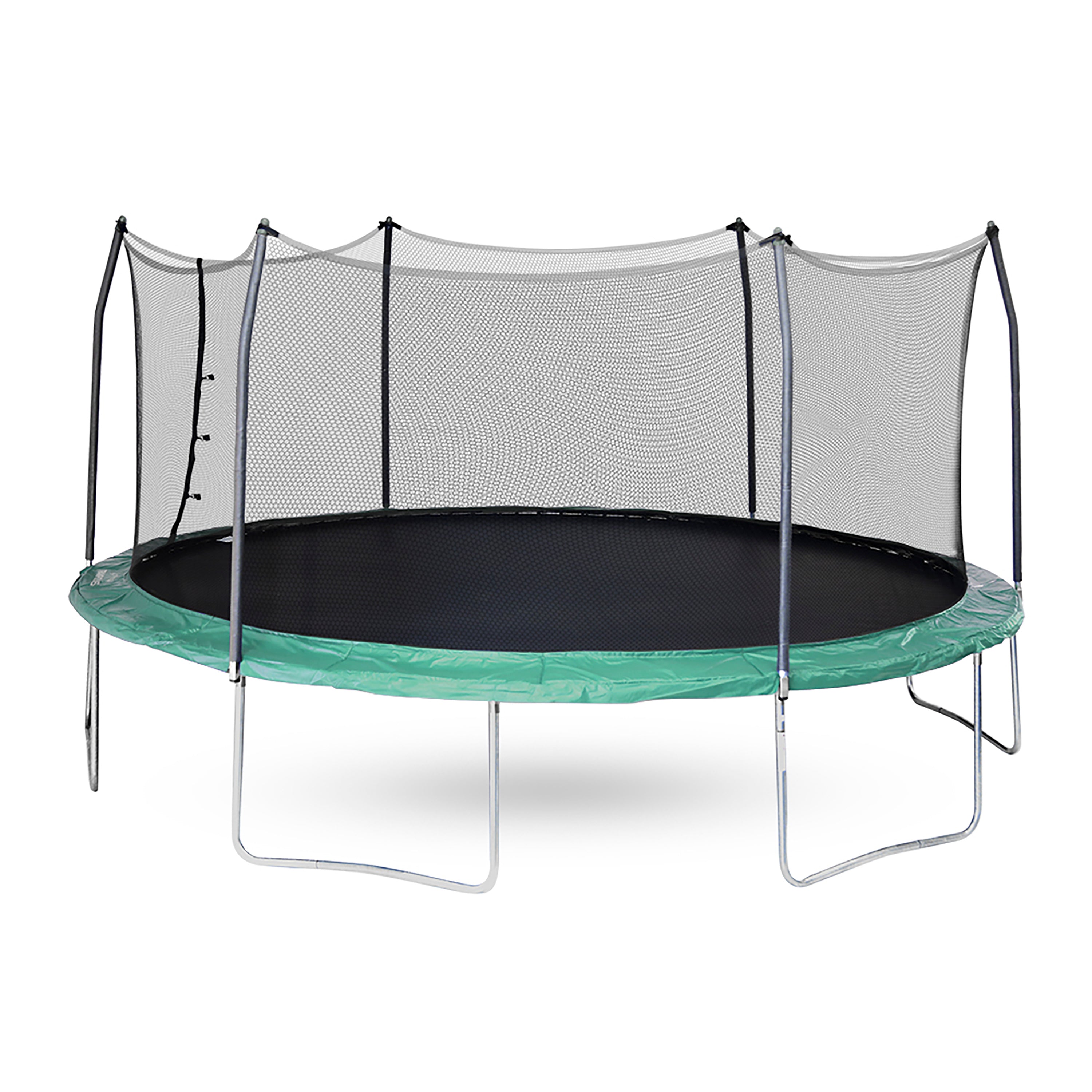
Leave a comment
All comments are moderated before being published.
This site is protected by hCaptcha and the hCaptcha Privacy Policy and Terms of Service apply.